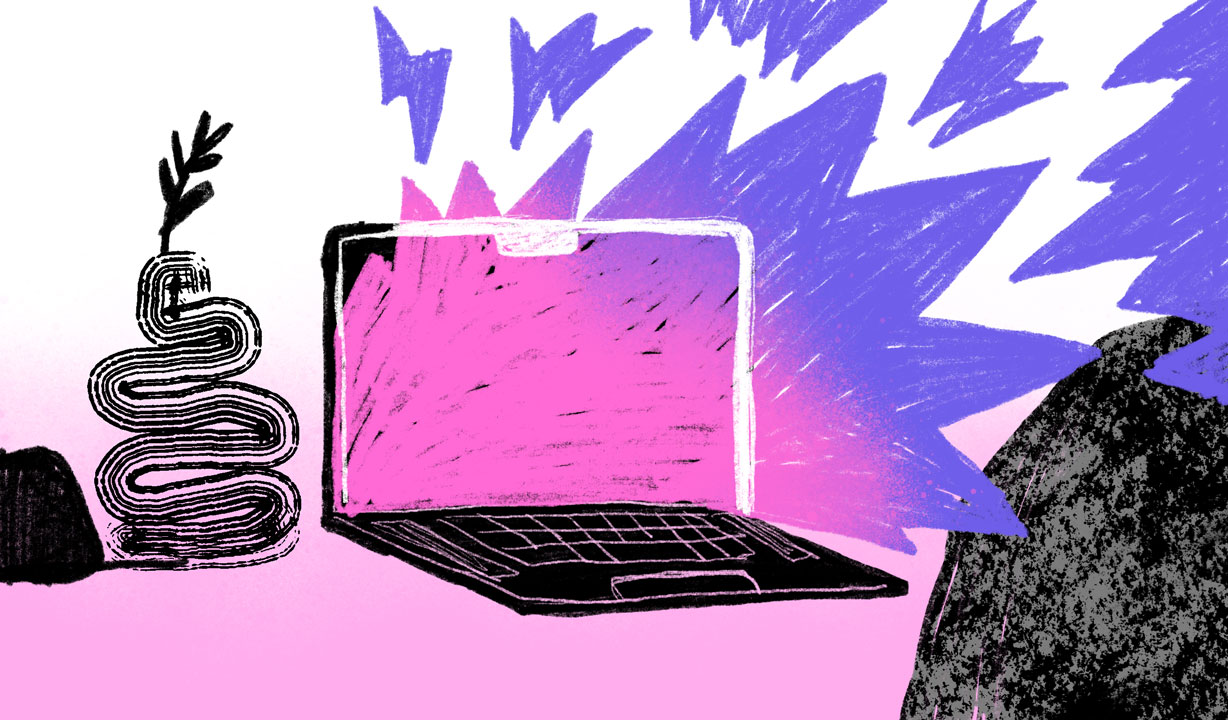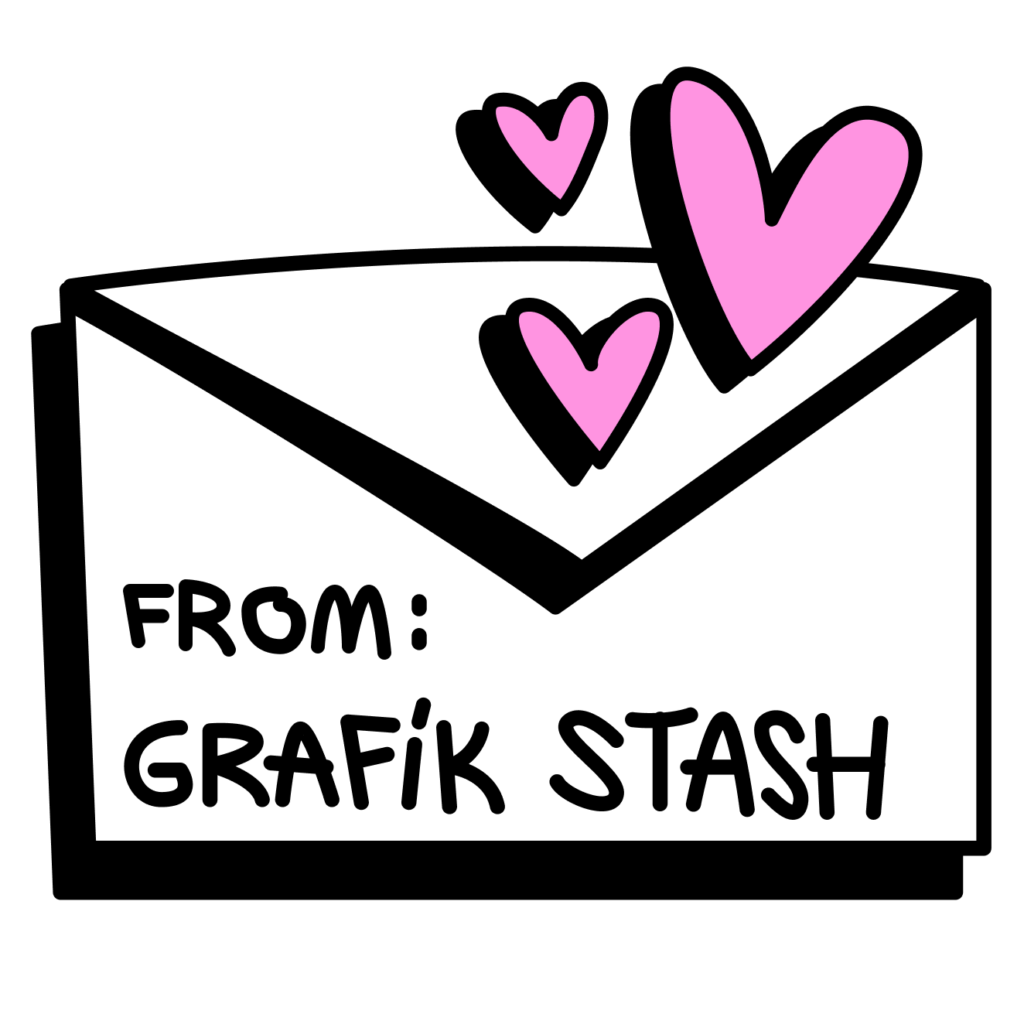Get it right
Creating a strong visual identity for a brand is an essential part of successful marketing. It can help build a bold brand that customers can easily recognize and remember. A solid visual identity helps customers build trust and loyalty with a brand, and can help a brand stand out in a crowded marketplace. Here are five tips to help you create a solid visual identity for your brand.
Use the logo appropriately
The logo is one of the most essential components of a visual identity, and so it’s important to use it consistently and effectively. You should make sure that the logo is presented in the same way across all platforms, from your website, to your social media accounts, to any physical materials you may have. This will help to guarantee that customers will recognize and remember your brand, no matter where they come across it.
It’s also important to make sure that your logo is kept up-to-date and in line with the brand’s goals and message, as this will help to ensure that customers always have the most accurate perception of your brand.
Remember your logo has to work in different formats, so make sure to test in various contexts. Place it on business cards, profile pictures for social media, packaging, t-shirts, billboards, website headers and posters. Even though the brand won’t use all these assets in the beginning, you have to keep in mind that the brand will grow and will eventually apply the logo on various marketing assets in the future. Check out our free premium mockups to test and present your logo designs.
Establish colors for your brand
Your brand colors should be chosen purposefully and used consistently across all of your materials. Think carefully about what colors represent the values of your brand, and make sure that they are easy to recognize. This is especially true for your website, but also applies to any physical materials you create, such as business cards or promotional items. Ensuring that the colors are used consistently helps to create a consistent image of the brand in the eyes of potential customers.
Not sure what colors to pick? Check out the competitor’s color palettes and see if you can pick a color that is very different from that. For example, if the competitor brand color is green, then maybe you can go for purple. Would purple fit the overall message and personality of your brand? If yes, then you’re off to a great start.
If combining colors is not your best skill, I suggest you stick to a minimal palette that will cover the following:
- Brand main color – for logo, backgrounds, headlies, etc.
- Accent color – for buttons or calls to action, different from the brand main color
- Light neutral color – for backgrounds, paragraph texts, other elements that shouldn’t be visually prominent
- Dark neutral color – paragraph texts, backgrounds, etc.
- Pro tip: don’t be afraid to include pure white and pure black in your color palette
Still don’t know where to start? There are plenty of tools online for generating gorgeous color palettes, like https://coolors.co/.
Use the font consistently
In addition to colors, your font choice is also important. Choose a font that is easy to read and reflects your brand’s values. You should use the same font consistently across all materials. This will help ensure that customers can easily recognize your brand.
Usually, 2 fonts are more than enough for a brand. If you don’t know where to start, pick a more expressive font for headlines and a clear and legible font for longer texts like sublines or paragraph texts. Font Joy is a great online tool that can help you find unique and functional font pairings for your brand, give it a try!
If you want to stand out from the crowd, a professional choice is also to pick premium fonts from established type foundries. This will ensure your brand won’t use the same free fonts everybody is using and will elevate your brand’s visual style. Here are some of my favorite type foundries and type designers that you can purchase from (no affiliation):
https://fonts.floriankarsten.com/
https://www.renebieder.com/fonts
https://displaay.net/typefaces/retail/
If you simply can’t afford to buy typefaces from type foundries, here’s a list of secret free font sources where you can find professional and eye-catching display fonts.
Developing the brand imagery
If you’re not familiar with this term, brand imagery simply refers to how your brand communicates throughout its marketing materials. The two most common options are photography and illustrations. Think of the brand imagery as what will be displayed on your social media grid for example.
You can use the main elements of your brand (logo, colors and fonts) to develop your brand imagery. For example, you can find a detail that makes your logo distinctive and use it as a base for the illustration style. If your logo is square, then maybe all the illustration style is based on squares or has a rather minimal and geometric look. If your logo has more of a hand-drawing vibe, then maybe the illustrations can have a more rough look.
Don’t forget about the icons
Icons are a great tool to communicate visually. They are can convey powerful messages, they can make boring information look more exciting and are they are easier to remember compared to long paragraphs of text. Overall, icons add great value to a brand’s visual communication.
Creating an icon pack for a brand can be sometimes quite time consuming, considering the high amount of icons that you need to design. A smart trick in this case would be to get an existing icon pack and edit the stroke so it fits to your brand’s appearance. For example, if the logo uses thick and bold lines, you can edit the stroke of the icons to make it thicker and keep the same consistent visual language. A good icon pack for this is Rubber Icons, with over 570 editable icons, covering 14 different topics like UI, Food and Kitchen, Devices, Fashion, Health, Nature, E-Commerce etc.
Conclusion
Creating a strong visual identity for a brand is essential for successful marketing. It helps customers build trust and loyalty with a brand, and helps the brand stand out in a crowded marketplace. By using the right logo, colors, fonts, and design elements, you can create a unified image of your brand that customers can easily recognize and remember. Have fun creating!


